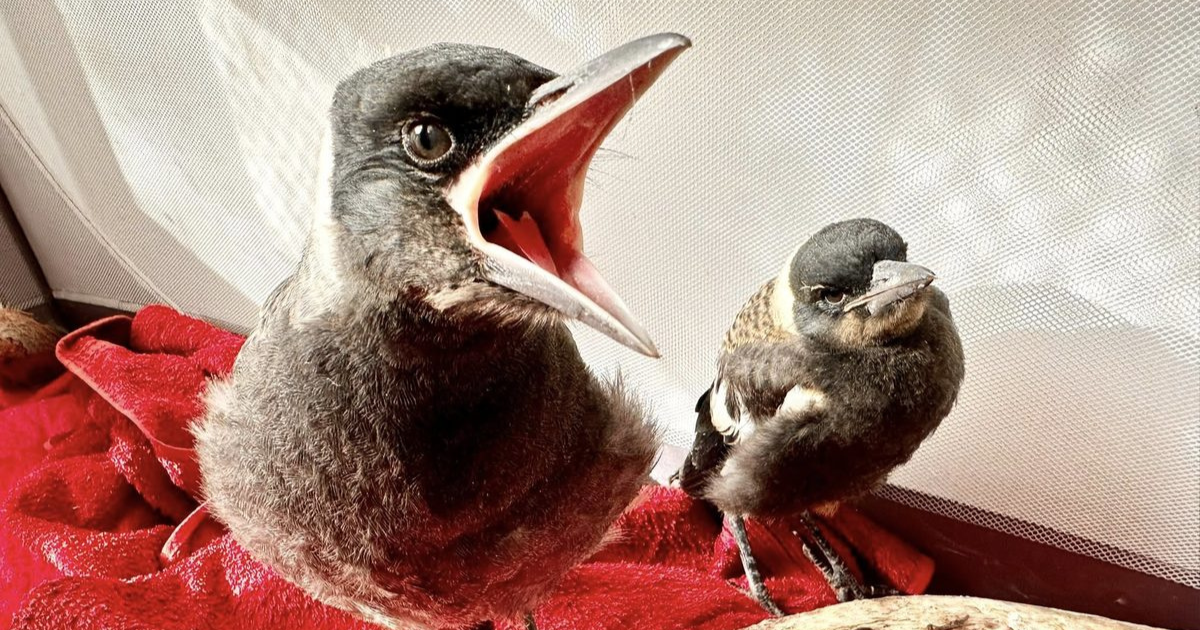Scientist dismisses “Otway panther” sighting

Peter Menkhorst, principal scientist at the Arthur Rylah Institute for Environmental Research. Photo: SUPPLIED
A SENIOR state government scientist has dismissed a recent sighting of the so-called “Otway panther” by Lorne’s Perry Childs and the CCTV footage he provided of the cat.
Inspecting vision taken from multiple cameras at Lorne’s Cumberland Resort in February this year, coupled with measurements of footpath paving the cat is seen to walk over, Peter Menkhorst said he believes the animal is not unusual in size.
“I estimate its size to be around 40-45 centimetres… right in the middle of the size of a domestic cat; it’s not a big animal in my opinion,” Mr Menkorst, a principal scientist at the Arthur Rylah Institute for Environmental Research, said.
Mr Childs estimated he spent 5-10 minutes watching the cat from his third-floor balcony in the Cumberland as it walked around the street and plaza below him, later gathering CCTV footage from the building showing the cat.
“It was walking on the curbside of Mountjoy Parade and it walked past the Telstra call box and past the bins and then I realised that this is big,” he recalled.
“It is definitely not your run of the mill household cat looking for a couple of scraps.
“This is a cat, a big cat, and my firm belief is that it’s a panther.”
Mr Menkhorst disagreed, saying the animal “looked like a standard moggy to me”.
He and a colleague have previously investigated the presence of “big cats” in Victoria, commissioned by Department of Environment, Land, Water and Planning in 2012 to provide a report on the matter after multiple sightings and media coverage.
Tasked with reviewing “information pertaining to the possible presence in Victoria of a wild population of big cat(s)”, the pair concluded that available evidence was inadequate to establish that a wild population of exists in the state.
“The lack of any formal evidence from considerable mammal survey effort, using a broad range of techniques over many decades, strongly suggest that there is no wild population of “big cats” and explanation for the many sightings is likely to involve large, feral individuals of the domestic Felis Catus.”
He provided the caveat that some evidence could not be entirely dismissed, including “preliminary DNA evidence, footprints and some behaviours that seem to be outside the known behavioural repertoire of known predators in Victoria”.
“Only primary evidence in the form of specimens of unquestioned provenance, or DNA from sources of unquestioned provenance, can establish, once and for all, that a population of ‘big cats’ occurs
in Victoria.
“High quality photographs of proven provenance would also constitute compelling evidence.”

Mr Menkhorst has not been persuaded to shift his stance on the presence of “big cats” in the Victoria by Mr Childs’ footage and testimony, although he does acknowledge that “there does seem to be a subset of feral cats that are rather large”.
He described images of a black cat captured in the Otways by wildlife photographer Amber Noseda in 2020 as “quite good… it shows the shape of the head and the ears quite well”.
“The interesting thing about it is the ears; they’re quite pointed. They sit up on top of the head, which is characteristic of a domestic cat, not a leopard or puma – they have rounded ears and they sit lower down on the side of the head.
“I’m pretty sure that that is a reasonably-sized individual feral domestic cat.”
Mr Menkhorst awaits more conclusive evidence that ‘big cats’ exist.
“What we really need is some specimens; we need a farmer out in his paddock to shoot it and to hand it in so scientists can look at it,” he said.
“Farmers are very good about protecting their flocks from wild dogs, it’s strange that no large specimen has ever been collected.”

















